Photios II, Ecumenical Patriarch: Uniting Faiths and Nations

Born in 1874, amidst the fading echoes of the Ottoman Empire, Dimitrios Maniatis, later known as His Holiness Photios II, ascended as a radiant figure in the annals of Orthodox Christianity. Serving as the Ecumenical Patriarch of Constantinople from 1929 until his demise on December 29, 1935, his tenure was not merely a chronicle of […]
Athenagoras, Ecumenical Patriarch: Architect of Unity
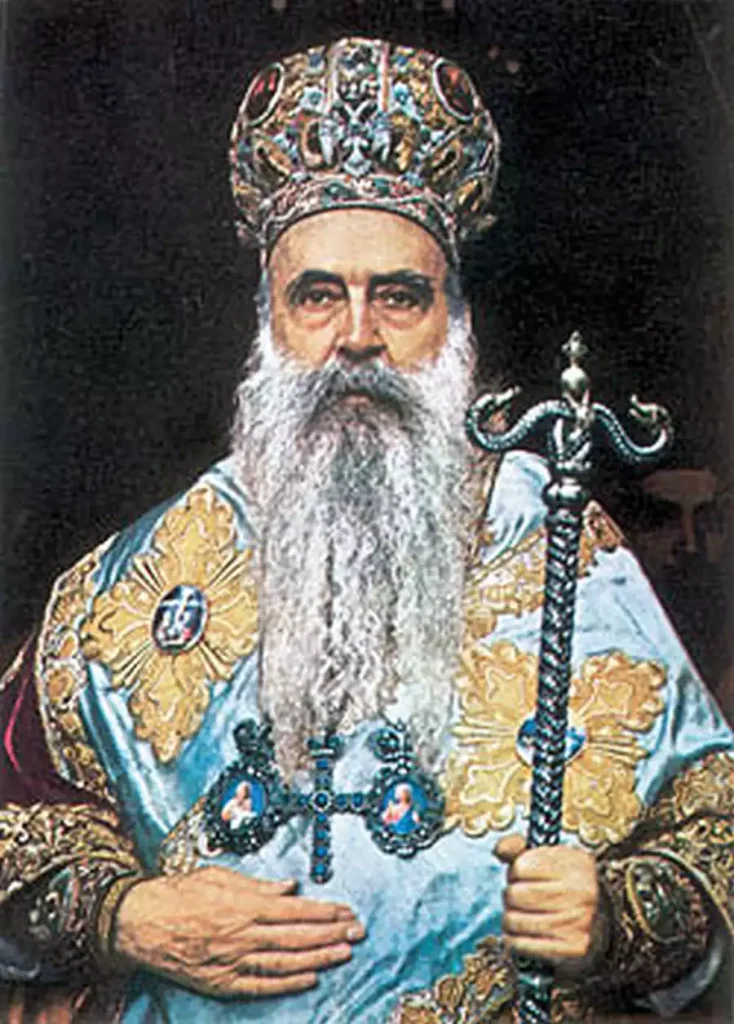
Born on March 25, 1886, in the village of Vasiliko, Epirus, and passing into eternity on July 7, 1972, Aristoklis Spyrou, better known as Athenagoras, embarked on a spiritual and transformative journey that reshaped the landscape of 20th-century Christianity. His path from a small Greek village to the exalted role of Ecumenical Patriarch was marked […]
1962-1965 AD Vatican II: The Church’s New Direction
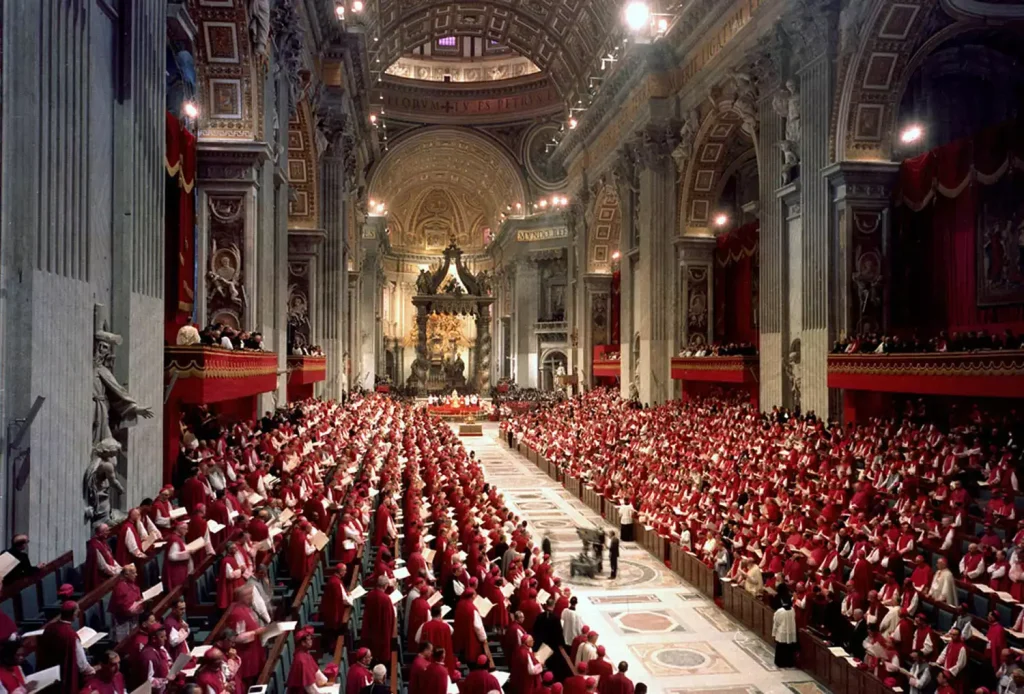
The period between 1962 and 1965 marked an epochal shift in the Catholic Church, a historic moment that redefined its core practices and interfaith dynamics. Vatican Council II, as this pivotal event is known, stands as a beacon of transformation, charting a course for the Church into modernity. This monumental gathering, convened by Pope John XXIII and continued under Pope Paul VI, broke new ground in the way the Catholic Church approached liturgy, ecumenism, and its role in the contemporary world. It was a period of intense deliberation, deep theological reflection, and significant decisions that continue to influence the Church’s path today. This article illuminates the profound changes initiated by the Council, exploring how these reforms reshaped the Catholic Church’s identity and its relations with diverse faith communities.
Nazareth | Hometown of Jesus
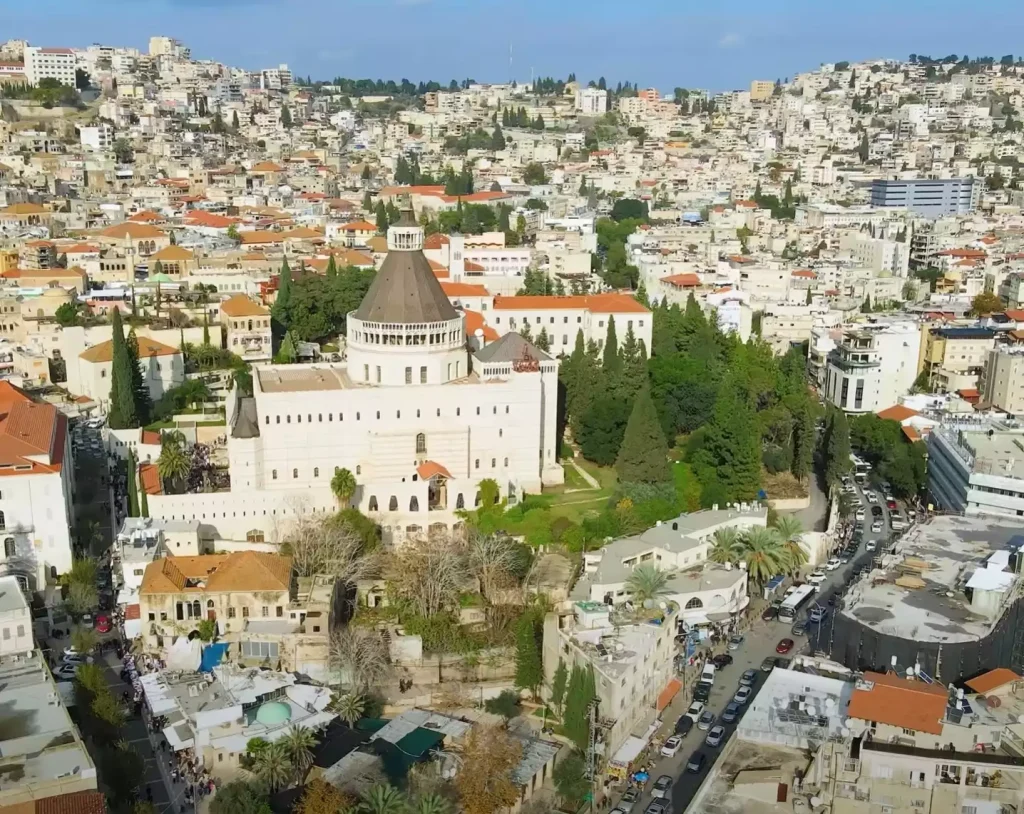
Nazareth, renowned as the hometown of Jesus Christ, stands as a pivotal location in historical and religious narratives. Nestled within the heart of modern-day Israel, this ancient city embodies a rich tapestry of cultural, religious, and historical significance. Its connection to Jesus Christ not only attracts millions of pilgrims annually but also makes Nazareth a […]
Religions for Peace | Multi-Religious Collaboration

Origins and Vision Religions for Peace, an international coalition, stands as a testament to the power of spiritual unity in fostering global harmony. Established in 1970, it represents the world’s largest interfaith organization, dedicated to advancing peace across diverse religious communities. This coalition unites representatives from the world’s major religions, including Christianity, Islam, Judaism, Buddhism, […]
KAICIID | International Dialogue Centre

The King Abdullah Bin Abdulaziz International Centre for Interreligious and Intercultural Dialogue, commonly known as KAICIID, stands as a unique intergovernmental organization dedicated to promoting dialogue among different religious and cultural groups to foster understanding, cooperation, and peace. Established in 2012, KAICIID’s genesis is rooted in a proposal by King Abdullah bin Abdulaziz of Saudi […]
Judas Iscariot | Betrayer in Biblical Narrative

Judas Iscariot, a figure shrouded in infamy and religious debate, was one of the twelve apostles of Jesus Christ. Historical records do not provide definitive dates for his birth or death. However, his life and actions, particularly his betrayal of Jesus for thirty pieces of silver, have been a topic of theological discussion and artistic […]
Holy See | Papal Jurisdiction and Influence in the Catholic Church

The Holy See, historically known as the Apostolic See, denotes the jurisdiction of the Bishop of Rome, commonly referred to as the Pope. This concept encompasses not only the physical territory of the Vatican City but also the spiritual and administrative authority exercised by the Pope over the Catholic Church worldwide. The term “see” derives […]
Patriarchates: Definition and Historical Overview
A patriarchate, derived from the Greek words ‘patria’ (lineage or clan) and ‘archein’ (to rule), historically signifies a religious jurisdiction led by a patriarch. Originally, this term was confined to Christianity, particularly within the Eastern Orthodox, Oriental Orthodox, and certain Eastern Catholic Churches. In the early church, a patriarch was a respected bishop who exercised […]
Synod | The Ecclesiastical Assembly
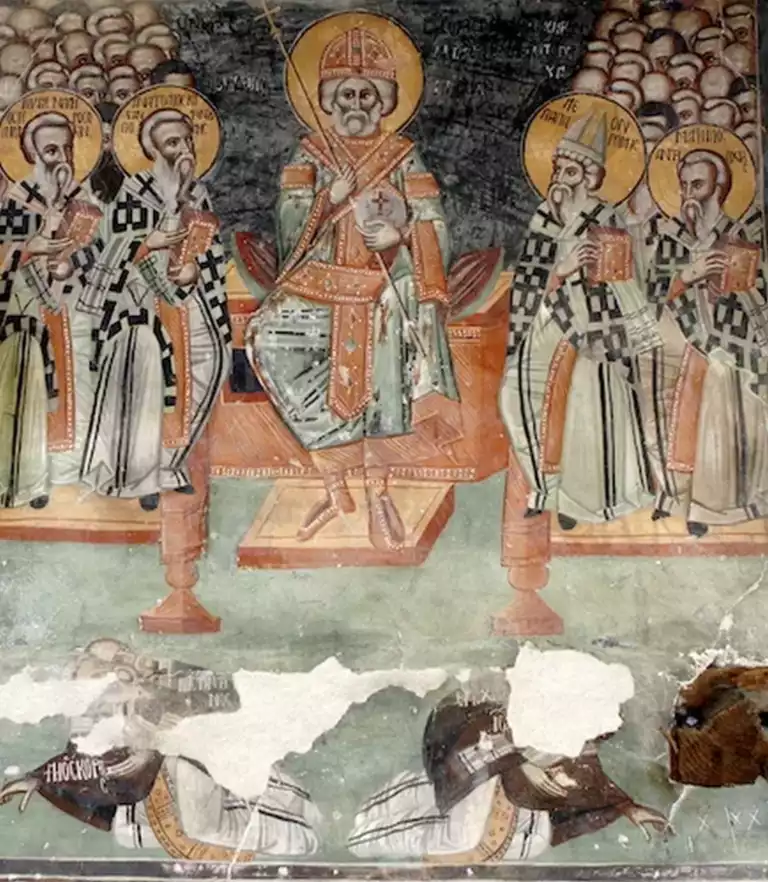
The Historical and Structural Aspects of Synods Synods, pivotal in the ecclesiastical landscape, serve as assemblies where church officials convene to deliberate on matters of doctrine, discipline, and administration. Historically, the term ‘Synod’ originates from the Greek ‘synodos’, meaning a meeting or assembly. Its biblical roots are discernible, although the specific term is not explicitly […]
Benedict XVI, Pope
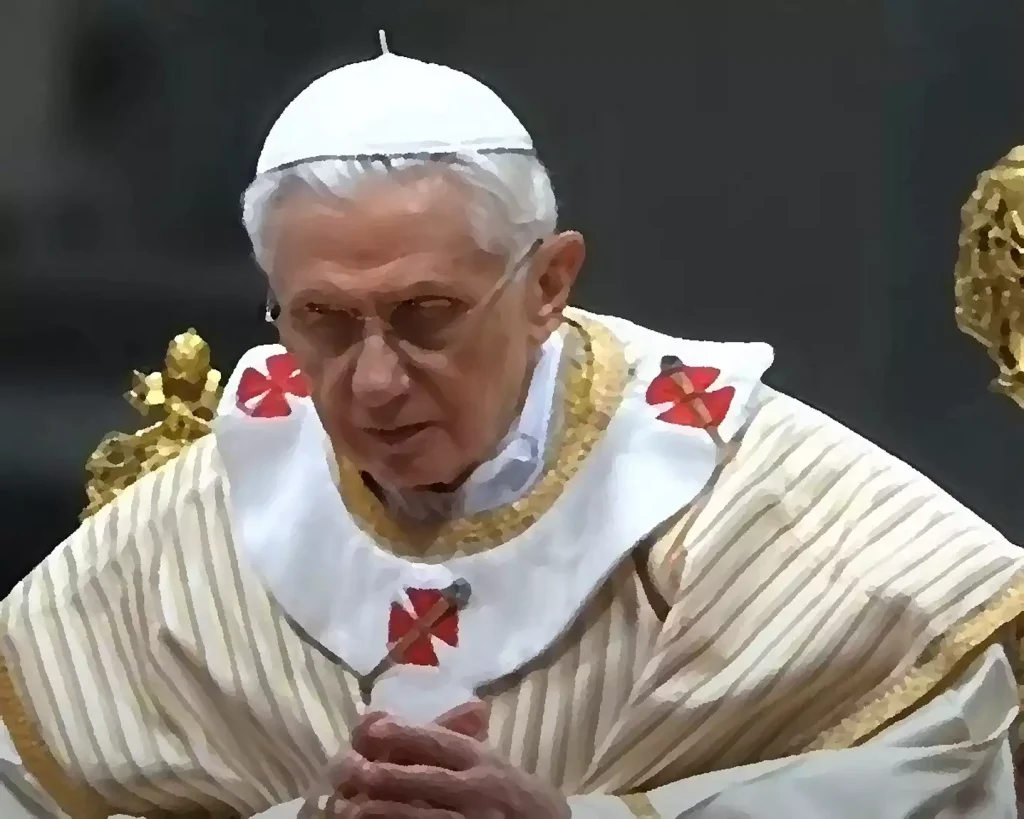
Pope Benedict XVI, born Joseph Aloisius Ratzinger on April 16, 1927, in Marktl, Bavaria, Germany, and passing away on December 31, 2022, served as the head of the Catholic Church and the sovereign of the Vatican City State from 2005 until his resignation in 2013. His papacy was marked by intellectual rigor and a steadfast […]
